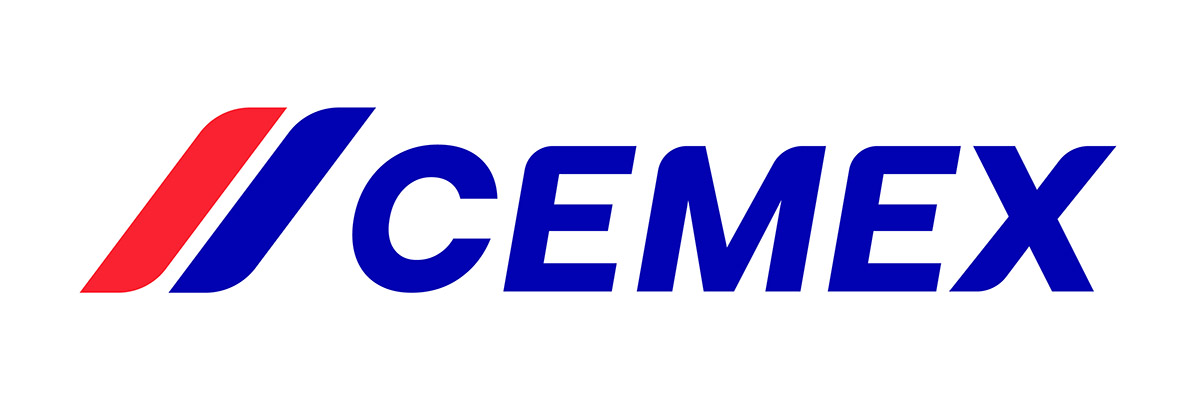Community
osapeers.org
osapiens HUB for EU Taxonomy helps investors, companies and regulators identify and promote green investments. By streamlining the planning and financing of climate transition strategies, it channels capital into sustainable business models and accelerates the EU’s transition to climate neutrality by 2050.
The EU Taxonomy is a cornerstone of the European Union's sustainability agenda and is designed to guide investment towards environmentally sustainable economic activities. It provides a clear framework for identifying activities that contribute significantly to environmental goals, while ensuring that other goals are not significantly compromised. By establishing standardized criteria, the EU Taxonomy empowers companies and investors to support the transition to a climate-neutral and sustainable economy by catalyzing a shift toward greener business practices and investments.
All companies subject to sustainability reporting under the CSRD are also required to comply with the EU Taxonomy. This includes disclosure of the proportion of revenue, CapEx and OpEx derived from taxonomy-eligible and taxonomy-aligned activities. The Regulation applies to large companies, listed SMEs and financial institutions operating in the EU, ensuring broad coverage across all industries.
Automation minimizes manual effort, enabling faster and more efficient alignment with EU taxonomy requirements while ensuring full compliance.
The osapiens HUB translates complex technical criteria into clear, actionable steps, making it easier for your team to navigate sustainability regulations.
Gain a clear view of your taxonomy-eligible and taxonomy-aligned activities to monitor your organization's impact and identify areas for improvement.
Seamlessly connect the osapiens HUB for EU Taxonomy to the HUB for CSRD, reducing duplication of effort and ensuring consistent, accurate reporting.
Track your compliance journey and gain actionable insights to improve sustainability alignment and meet future regulatory requirements.
Designed to meet the needs of companies of all sizes, the solution adapts to your business needs, regardless of the size of your operations.
osapiens HUB for EU Taxonomy helps you meet the basic requirements of the regulation, ensuring that your activities do not cause significant harm and comply with regulatory standards.
Easily identify which of your business activities fall under the EU taxonomy to focus on sustainable growth and compliance.
Systematically structure your activities to improve visibility and demonstrate your impact on sustainability goals.
Incorporate revenue, CapEx, and OpEx data into your compliance processes, bridging the gap between economic performance and environmental goals.
Assess whether your activities substantially contribute to environmental goals and avoid significant harm (DNSH).
Calculate the proportion of your activities that are taxonomy-eligible and taxonomy-aligned to inform reporting and strategy.
Create detailed KPIs for revenue, CapEx, and OpEx that integrate directly into your CSRD reports.
Track your compliance journey, identify gaps, and develop actionable strategies for future alignment.
Connect the osapiens HUB for EU Taxonomy with the osapiens HUB for CSRD to streamline processes and reduce repetitive tasks.
osapiens HUB for EU Taxonomy helps investors, companies and regulators to clearly identify and promote green investments.

